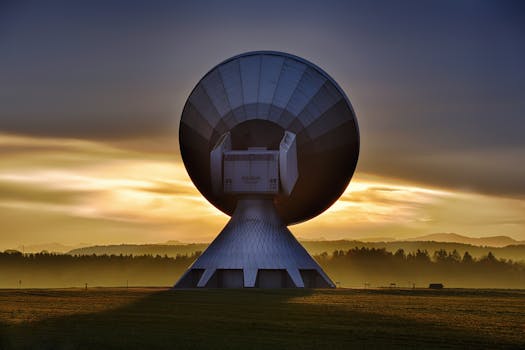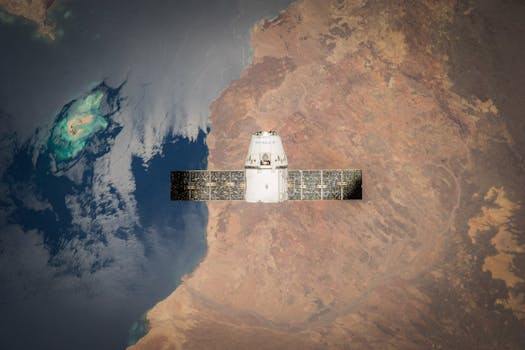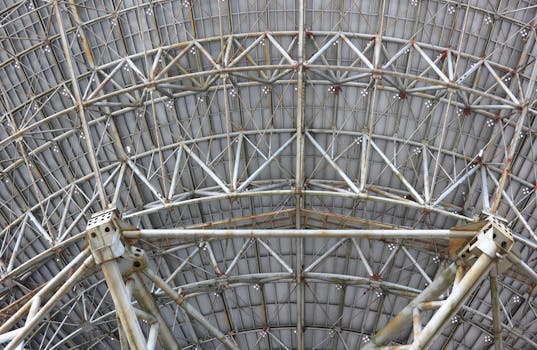From Ground to Sky: The Evolution of Satellite Telecommunications Technology

From Ground to Sky: The Evolution of Satellite Telecommunications Technology
From Ground to Sky: The Evolution of Satellite Telecommunications Technology has been a remarkable journey, marked by significant milestones and innovations. The concept of satellite telecommunications was first introduced in the 1940s, and since then, it has undergone tremendous transformations, shaping the way we communicate, navigate, and access information.
The early days of satellite telecommunications were characterized by the launch of the first artificial satellite, Sputnik, in 1957. This marked the beginning of the space age, and soon after, the first commercial communications satellite, Intelsat 1, was launched in 1965. The Intelsat 1 satellite was capable of transmitting signals across the Atlantic Ocean, connecting North America and Europe.
The Evolution of Satellite Technology

Over the years, satellite technology has evolved significantly, with advancements in materials, design, and launch systems. The introduction of geostationary satellites in the 1970s revolutionized the industry, enabling continuous coverage of a specific region on Earth. This was followed by the development of low-Earth orbit (LEO) satellites, which offered lower latency and higher bandwidth.
The 1980s saw the introduction of mobile satellite systems, which enabled communication on-the-move. This technology was further enhanced with the launch of the Global Positioning System (GPS) in the 1990s, providing location information and timing signals to users worldwide.
Modern Satellite Telecommunications

Today, satellite telecommunications play a vital role in modern communication systems, providing connectivity to remote and underserved areas. The launch of high-throughput satellites (HTS) has enabled the delivery of high-speed internet services, bridging the digital divide. Additionally, the development of satellite constellations, such as OneWeb and Starlink, is expected to further enhance global connectivity.
Satellite telecommunications also support a wide range of applications, including navigation, weather forecasting, and Earth observation. The use of satellite imagery has become increasingly important in fields such as agriculture, disaster response, and environmental monitoring.
Challenges and Future Directions

Despite the significant advancements in satellite telecommunications, there are still challenges to be addressed. The increasing demand for bandwidth and the need for more efficient use of spectrum are driving the development of new technologies, such as beam-hopping and satellite-based 5G networks.
The future of satellite telecommunications holds much promise, with the potential for integration with other technologies, such as the Internet of Things (IoT) and artificial intelligence (AI). As the industry continues to evolve, it is likely that we will see even more innovative applications of satellite technology, transforming the way we live, work, and communicate.
See more:

